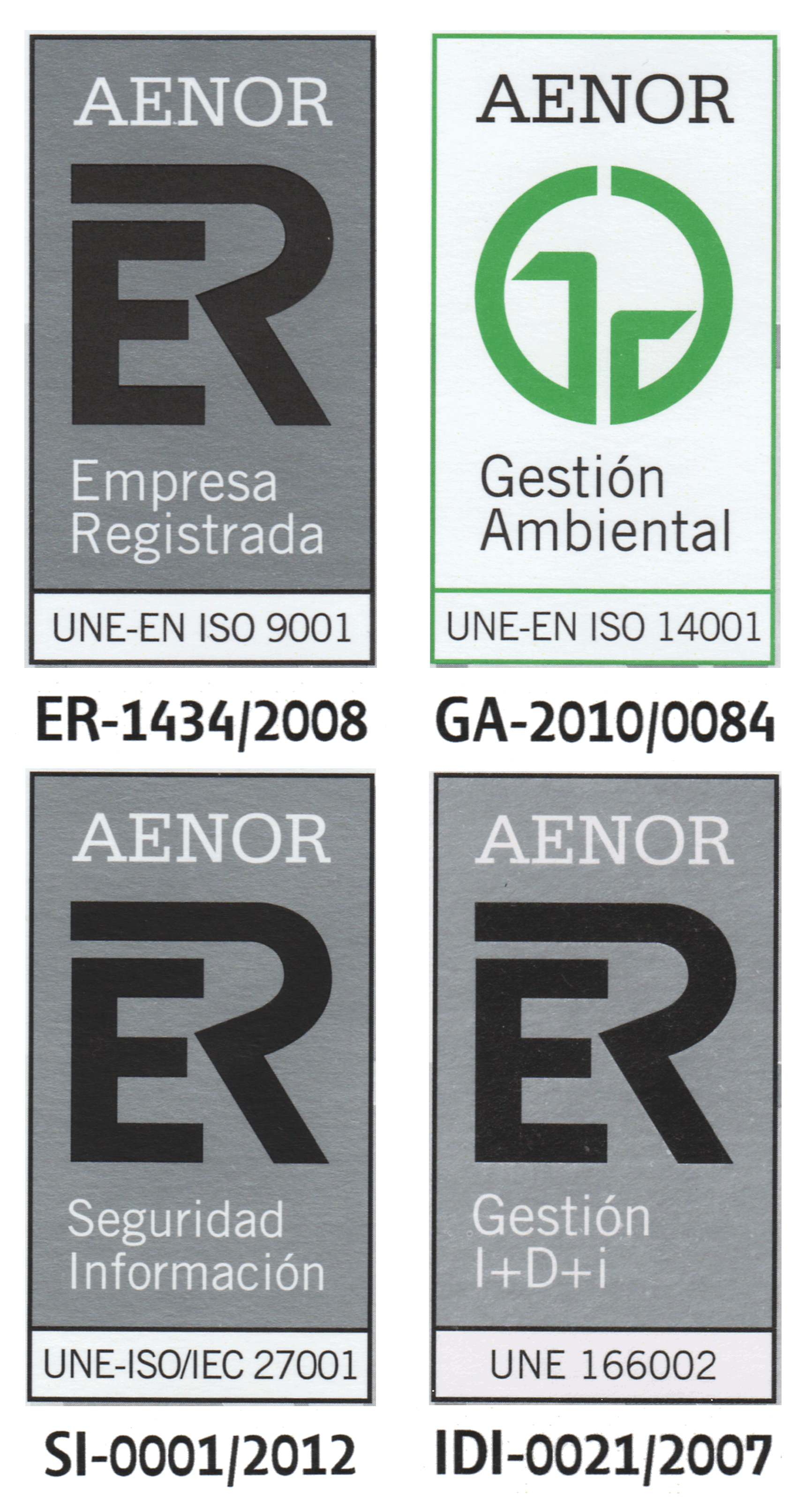Using Membrane Computing for Effective Homology
| Title | Using Membrane Computing for Effective Homology |
| Publication Type | Journal Papers |
| Year of Publication | 2012 |
| Authors | Christinal, H. A., Díaz-Pernil D., Gutiérrez-Naranjo M. A., & Real P. |
| Journal Title | Applicable Algebra in Engineering, Communication and Computing |
| Publisher | Springer Verlag |
| Place Published | Berlin, Germany |
| Volume | 23 |
| Pages | 233-249 |
| Date Published | 12/2012 |
| Abstract | Effective Homology is an algebraic-topological method based on the computational concept of chain homotopy equivalence on a cell complex. Using this algebraic data structure, Effective Homology gives answers to some important computability problems in Algebraic Topology. In a discrete context, Effective Homology can be seen as a combinatorial layer given by a forest graph structure spanning every cell of the complex. In this paper, by taking as input a pixel-based 2D binary object, we present a logarithmic-time uniform solution for describing a chain homotopy operator ϕ for its adjacency graph. This solution is based on Membrane Computing techniques applied to the spanning forest problem and it can be easily extended to higher dimensions. |
| Keywords | Computational Algebraic Topology, Digital Topology, Effective Homology, Membrane computing, Tissue-like P systems |
| URL | http://link.springer.com/article/10.1007%2Fs00200-012-0176-6 |
| Issue | 5-6 |
| Impact Factor | 0.756 |
| Ranking | 120/247 - Q2 |
| ISSN Number | 0938-1279 |
| DOI | 10.1007/s00200-012-0176-6 |



